Prunus cerasifera
Kerspruim / Cherryplum
Rosaceae (Rozenfamilie)Asia (whole)

Edible plant part (1)
Fruits
Read 'form of consumption' for safe preparation methods
Toxic plant part (1)
Seeds
Cherryplum belongs to the small trees-large shrubs in the food forest. In the process of ecological succession it is a mid species. The growth rate is fast. Fully grown the plant has an average height of 3 to 6 meter. and a width of 3.5 to 4.5 meter.
The foliage (or leaf cover) is dense. The Cherryplum is decidious. It buds in april and it loses its leaves in november.
This species forms a heart-shaped medium deep root system. This species is non spreading in the food forest. Cherryplum is no nitrogen fixer.
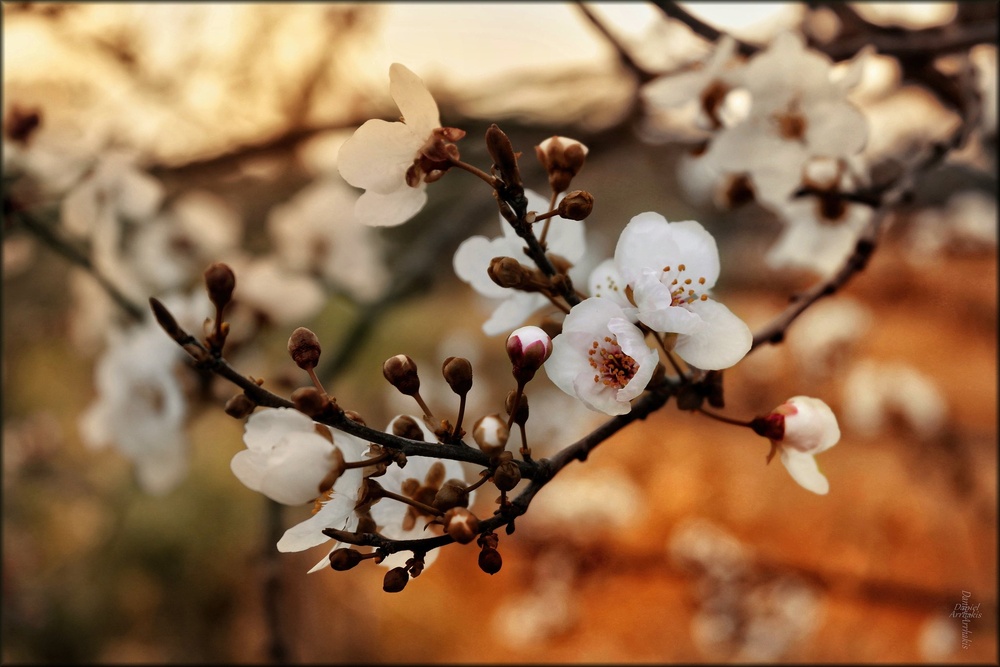 foto: Daniel Arrhakis, https://www.flickr.com/photos/arrhakis/26624939105
foto: Daniel Arrhakis, https://www.flickr.com/photos/arrhakis/26624939105
 foto: Daniel Arrhakis, https://www.flickr.com/photos/arrhakis/26624939105
foto: Daniel Arrhakis, https://www.flickr.com/photos/arrhakis/26624939105
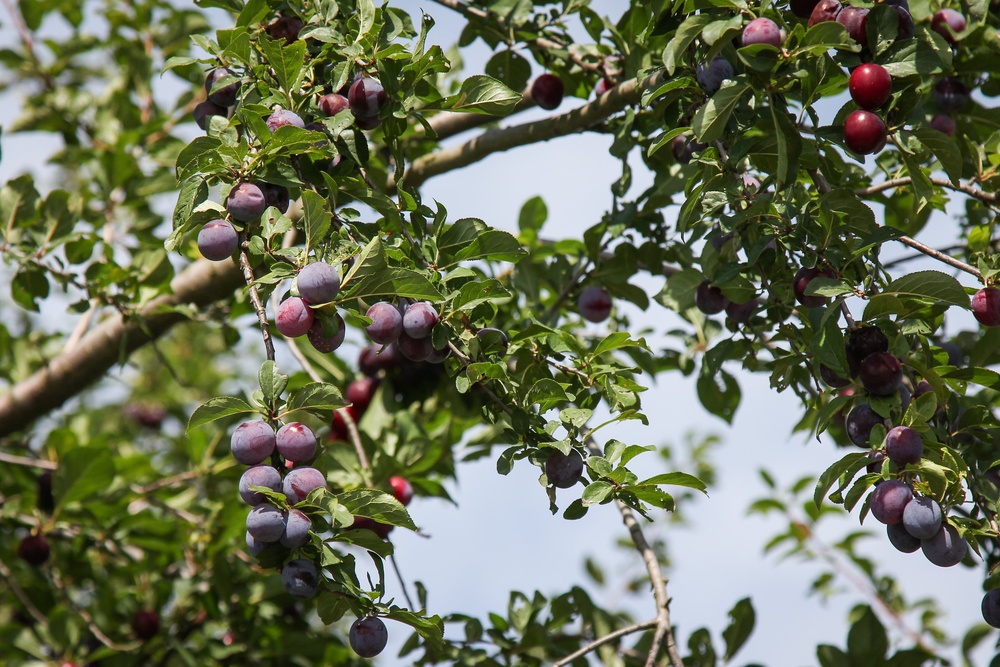 foto: Maja Dumat, https://www.flickr.com/photos/blumenbiene/30506360406
foto: Maja Dumat, https://www.flickr.com/photos/blumenbiene/30506360406
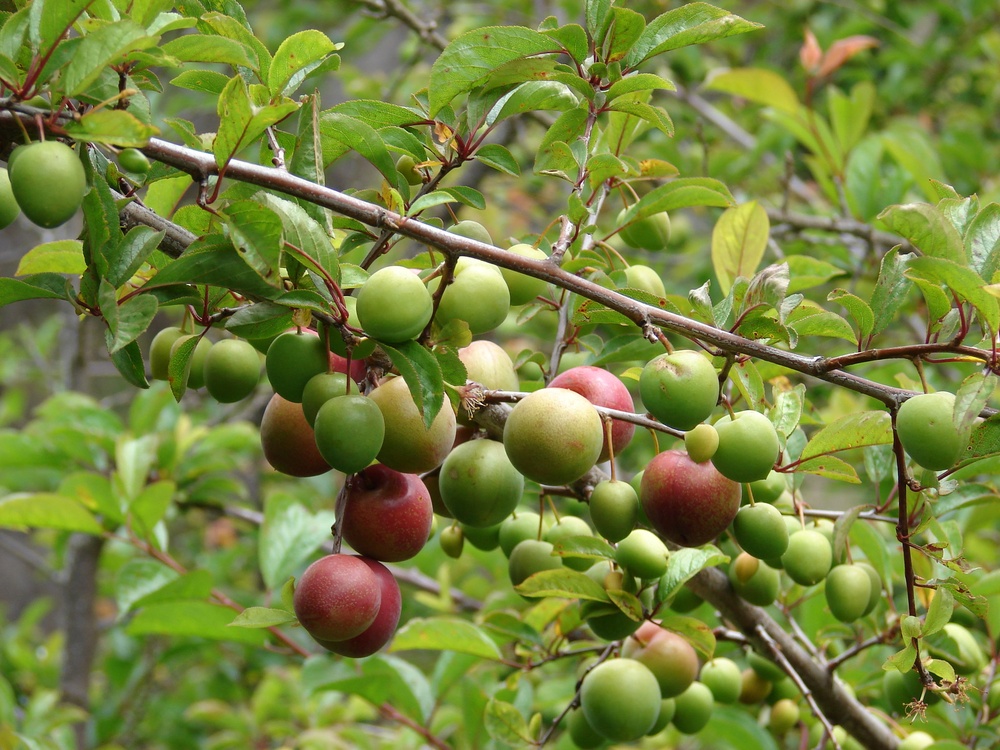 foto: Forest and Kim Starr, https://www.flickr.com/photos/starr-environmental/24587209969
foto: Forest and Kim Starr, https://www.flickr.com/photos/starr-environmental/24587209969
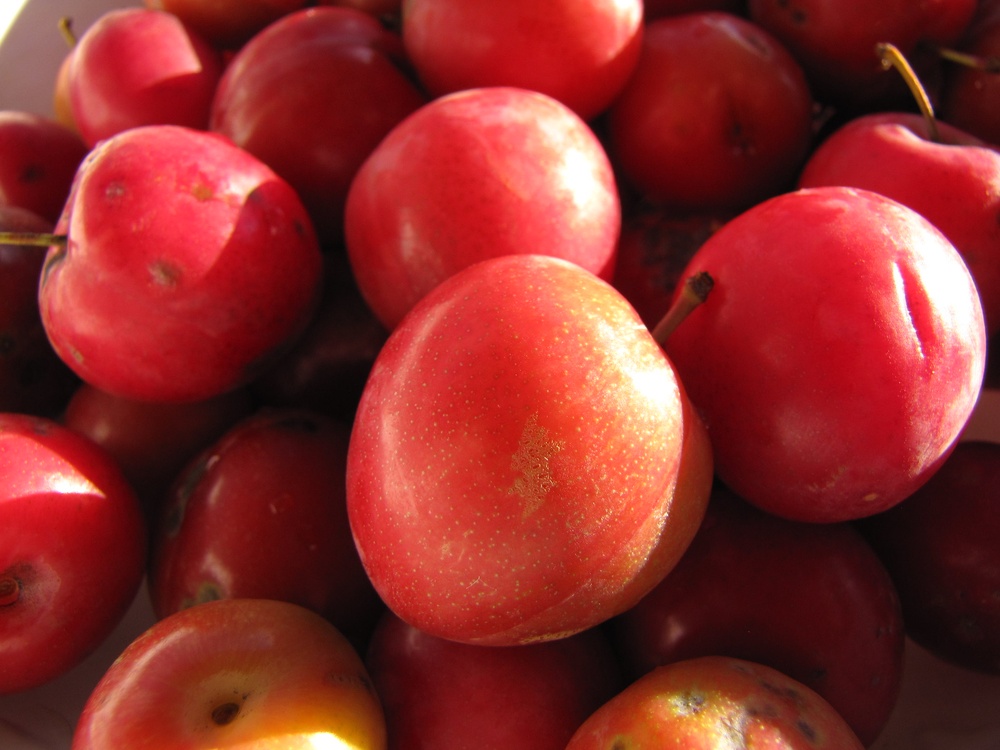 foto: Forest and Kim Starr, https://www.flickr.com/photos/starr-environmental/24747533610/
foto: Forest and Kim Starr, https://www.flickr.com/photos/starr-environmental/24747533610/
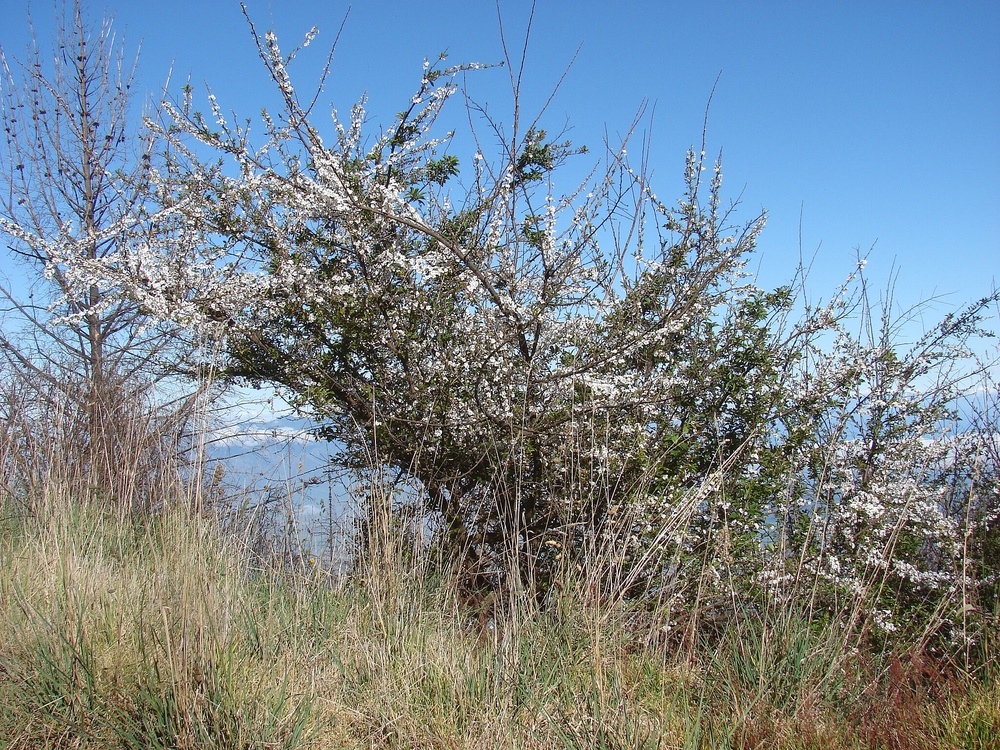 foto: Forest and Kim Starr, https://commons.wikimedia.org/wiki/File:Starr_080301-3096_Prunus_cerasifera_x_salicina.jpg
foto: Forest and Kim Starr, https://commons.wikimedia.org/wiki/File:Starr_080301-3096_Prunus_cerasifera_x_salicina.jpg
Growth factors
- Frost (whole plant)
-
very strong frostcold frostmild frostlight frostno frost
- Frost (flowers)
-
very strong frostcold frostmild frostlight frostno frost
- Light
-
full sunlight shadehalf shadefairly deep shadedeep shade
- Wind
-
strong sea windstrong windsome windshelteredvery sheltered
- Soil texture
-
sandloamlight clayheavy claypeat
- Soil moisture
-
inundationwetmoistdrydrought
- Groundwater level
-
very lowlowmediumhighvery high
- Soil acidity
-
very acidacidneutralalkalinevery alkaline
- Soil fertility
-
very richrichaveragepoorvery poor
Flowering and pollination
- Flowering period (peak)
- end of march
- Flowering period (length)
- several weeks
- Pollination vector
- insects
- Plant reproductive fertility
- self sterile
Life Span and Plant Health
Disease susceptibility
sensitiveMain serious pests and diseases
canker, monilinia, leaf curl diseaseHarvest and Consumption
Fruits
- Harvest location edible part
- Above reach, high, but within reach
- Harvesting period - start
- End of june, early july, mid july, end of july
- Harvesting period - length
- Several months
- Harvesting period - uniformity
- Medium
- Suitable harvesting methods
- Hand
- Form of consumption
- Fresh, processed
- Natural storability
- Several weeks
- Suitable markets
- Bulk, niche
- Productive life span - start (year) - minimum
- 5
- Productive life span - peak (year) - minimum
- 15
- Productive life span - peak (year) - maximum
- 25
- Productive life span - end (year) - maximum
- 30









































